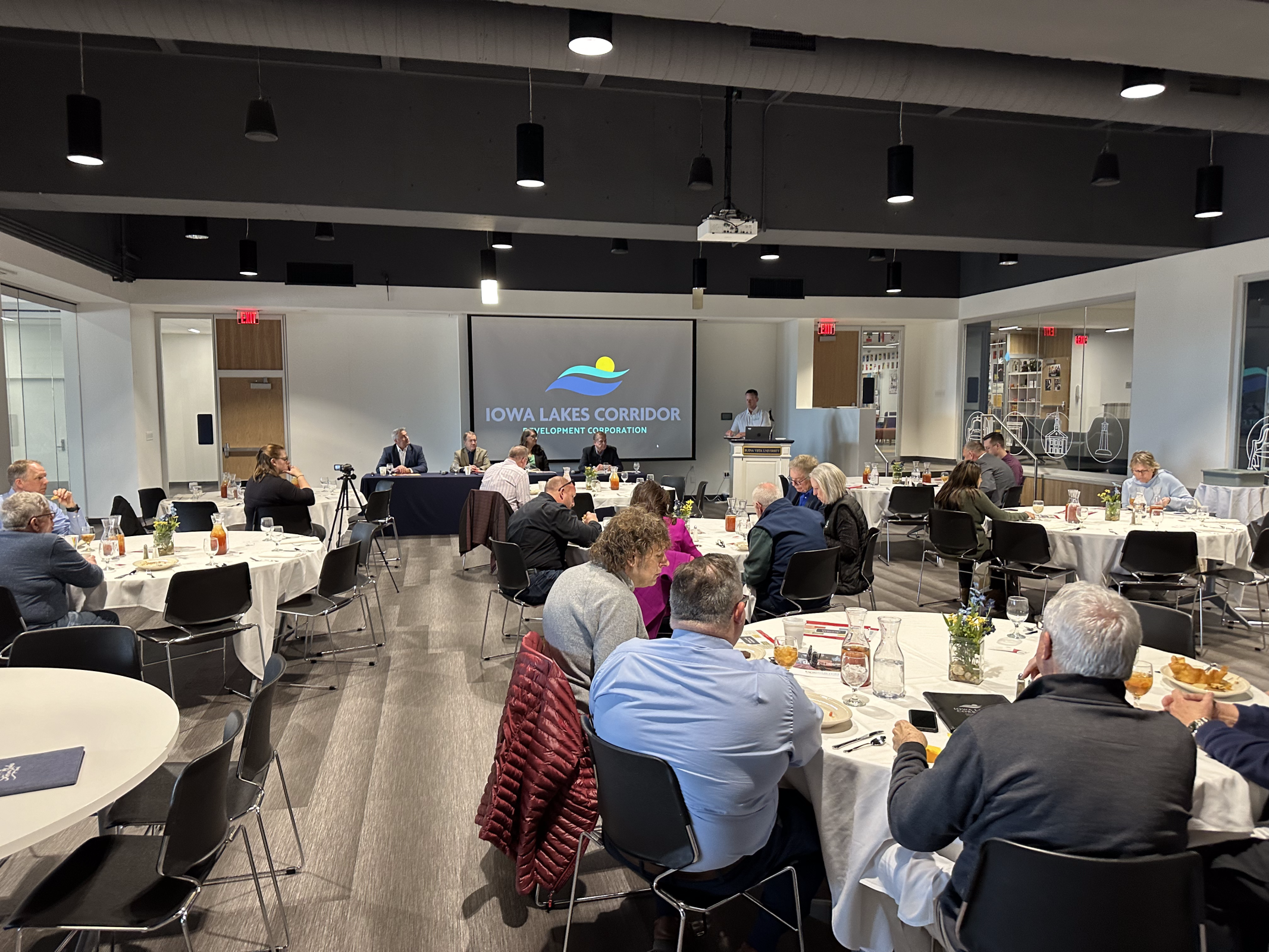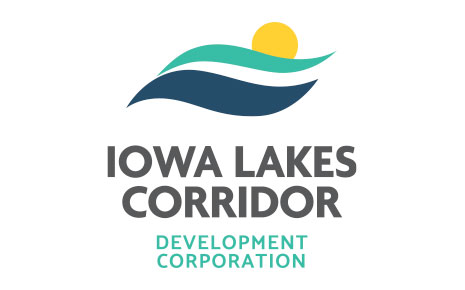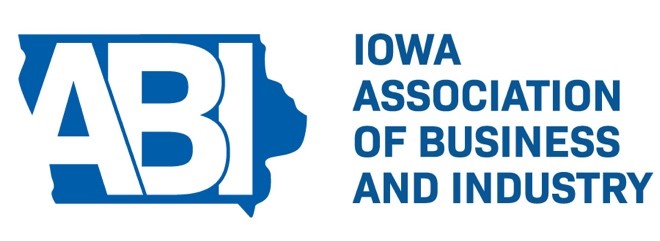The Place for Growth
9 Apr 2024
Blog, Business Retention and Expansion, News
The Iowa Lakes Corridor Development Corporation has a few key program areas that make up a majority of what we do: Business Attraction, Business Retention & Expansion, Entrepreneurship, Community Development, and Administration. Today, we’d like to expand more on Business Retention & Expansion.
What is Business Retention & Expansion (BRE)?
Simply, Business Retention & Expansion is developing relationships and providing support and resources to help businesses already located in a community to stay there and grow when needed. A common way to do that is to perform annual interviews or visits with local businesses to check in and identify potential problems, trends, or identify what is going well and where there may be opportunities to grow.
Why focus on BRE?
About 80% of new jobs and capital investment comes from companies that already exist in your community (IEDC). It is important to foster relationships and to provide resources to help these businesses that are already invested in the region to help them thrive and grow right here.
On the Corridor team, Business Retention & Workforce Partnership Coordinator Joanne Follon leads the BRE efforts, the biggest of which is BRE Interviews with major employers in the region. These interviews are vital to help the Corridor identify expansion opportunities, forecast economic investment and job creation, identify businesses at risk of downsizing or closing, provide succession planning resources, provide insight for allocation of resources, generate data to support marketing initiatives, and foster relationships with Corridor businesses. This data is consolidated into a confidential and comprehensive summary for the region, and across the state of Iowa.
Identifying top trends
The Corridor uses a survey to gather consistent data from businesses. These responses are confidential, and each year are reported in an aggregate form. Through the data, Corridor staff can identify industry, community, and economic trends in the region. The data supports not only the Corridor, but also the communities within. One way the Corridor uses the data is supporting legislative advocacy efforts.
For example, the 2023 BRE Summary Report identified the top three weaknesses of the region as availability of workforce, housing, and childcare. By using the data collected in the BRE visits, we have concrete data to support advocacy for HF2420 to increase the Workforce Housing Tax Credit program from $35 million to $50 million, which would support development incentives for affordable housing.
The top strengths identified in 2023 were the work ethic of the workforce, supportive and business-friendly communities, and the quality-of-life amenities available within the region. Knowledge of these strengths gives the Corridor team and communities top selling points when attracting new businesses and people to the region as well.
Not just data: Relationships are key
As helpful as data from the BRE surveys are, the relationships built between the Corridor and our region’s businesses cannot be understated. Fostering a culture of support and providing education and resources to Corridor businesses may help them find new and creative ways to grow. It also can open the door to possibilities not previously thought of.
One success seen in the Corridor region in 2023 included Corridor staff connecting two local businesses to help one sell their current building and move into a better facility for their team, and selling the old building to another local business that needed additional space for their own growth. This connection kept two businesses local and kept a building in operation instead of sitting stagnant for too long.
Without a strong Business Retention & Expansion program, the Corridor could not be successful. Keeping an open door and making efforts to meet with our local business and industry, gives the Corridor an opportunity to identify the weaknesses and threats, as well as opportunities for growth that will keep our existing business climate and economy strong.
More Topics

March Lunch & Learn Recap
Apr 1 2024





